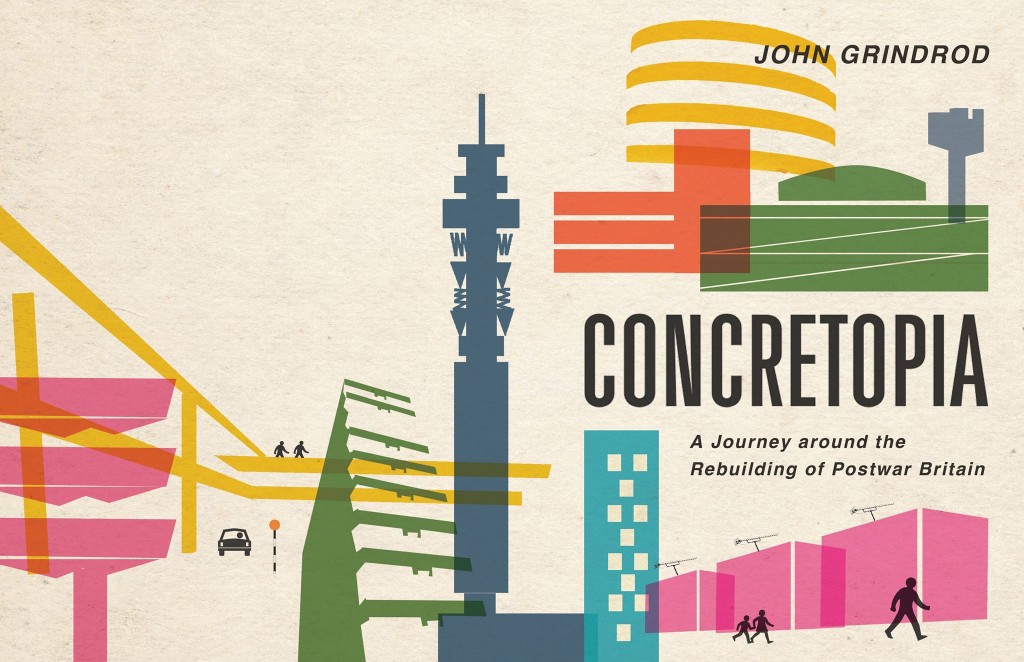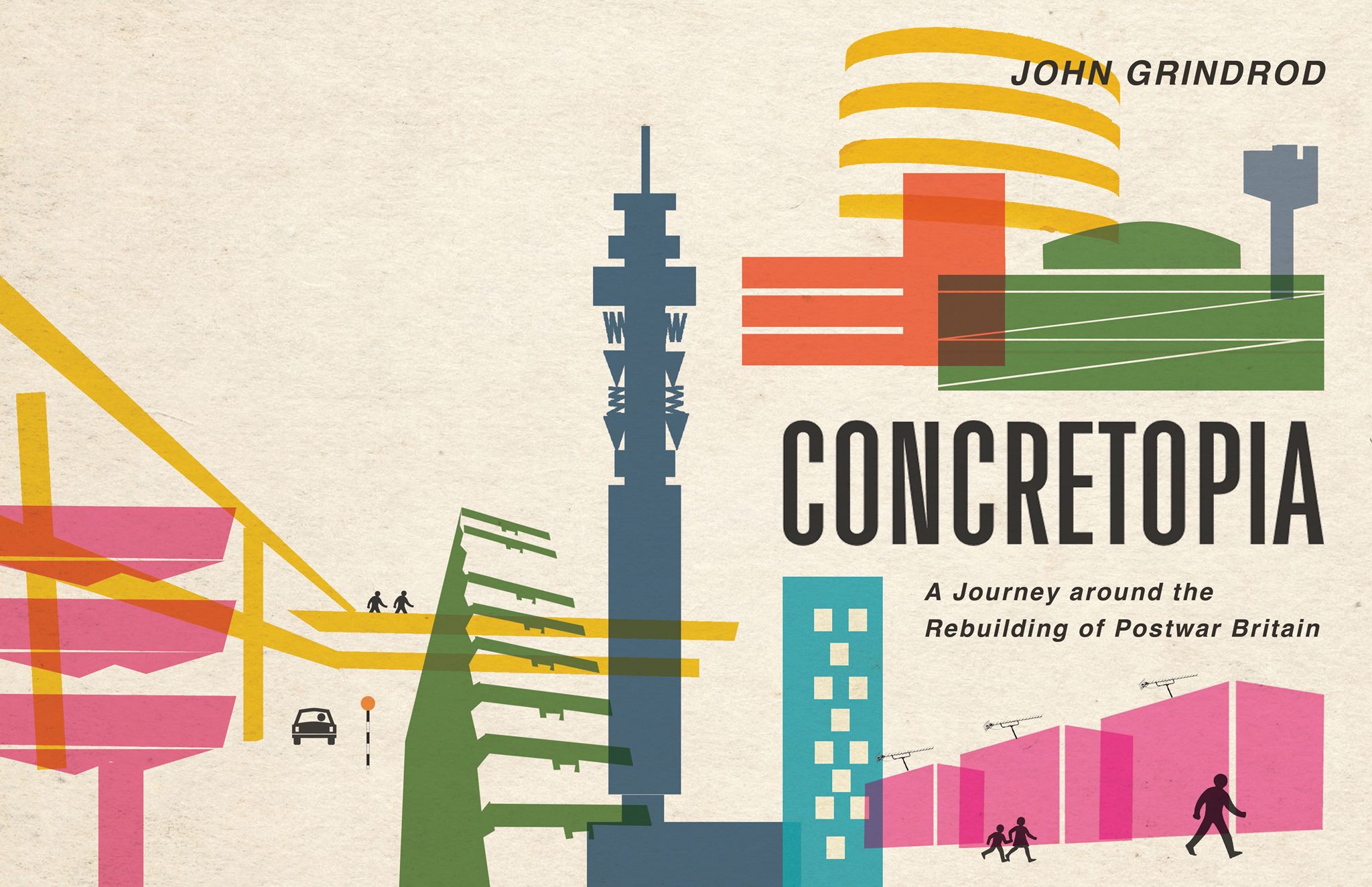
Concretopia is a book – a journey around the postwar rebuilding of Britain, from Blitzed Plymouth to Modernist Cumbernauld and many places in between, including my home town, Croydon
Cwmbran features in a new book that tells the story of how Britain was rebuilt after the war.
Author John Grindrod told Cwmbran Life: “I visited Cwmbran in 2011, and spent a bit of time in Coed Eva and the town centre. I visited as part of the research for my book Concretopia, which tells the story of the rebuilding of Britain after the war. Because Cwmbran was one of the first new towns planned and built after the war I was really interested to see what it was like. I spent time with former resident and planner Jim Griffiths, who showed me round and pointed out lots of the most interesting stuff, including the The Tower, which was built around the chimney for the district heating system for the town centre.
“It was also fascinating to see the difference between the different eras of the town, from the little early 50s houses and flats near the town centre, through to the 60s concrete murals in the centre, and the scandinavian-style 60s and 70s houses in Coed Eva. I spent a lot of time visiting new towns, from Harlow in Essex to Cumbernauld in Scotland, and the last, and biggest one, in Milton Keynes in Buckinghamshire.
“It was fascinating to read about the ideas behind the new towns, to stop cities being overcrowded and to protect green belts, and amazing to see how different they all are. Milton Keynes is massive, and is built around an LA-style grid of roads. Cumbernauld had its entire town centre built as one building – a megastructure.
“And Cwmbran is such a small town compared to most of them, and lots of it feels like a time capsule as there was still lost of original buildings and features everywhere. It was good to catch it before the destruction of the old County Hall offices, while a lot of the town centre was still the 60s futuristic vision of the original planners.”
John has written about The Tower on his blog Dirty Modern Scoundrels in a post titled Ten Tower Block Tales.
“Like Harlow, Cwmbran was one of the earliest New Towns, but it took until the 1960s for it to get a tower block, which, at 23 storeys, is over twice the height of pioneering point block The Lawns. The Tower was built next to the new town centre, and its distinguishing feature is a flue that runs all the way up one side: the chimney for the central area’s entire district heating scheme.”
The Concretopia Pinterest page is well worth a look. You can follow John Grindrod on Twitter.
He was recently interview by the BBC’s Nick Higham and you can watch the clip here.
Concretopia is published by Old Street Publishing and available on Amazon for £16.25 (RRP £25).
Visit Cwmbran Life on Facebook.

